The Best Plants for Guppies
The Ultimate Guide For The Absolute Begginer

Best Plants for Guppies
What You'll Learn
- Why your guppies need plants
- How to choose guppy plants
- Best plants for guppies
- What plants to avoid, and why
- How to choose the right decoration for your guppy tank
- How to avoid choosing the wrong ones
Why You Need Guppies Plants
While we covered this in the part when we talked all about the tank, filtration, water heater and lights it’s still worth mentioning why plants are so important to your guppies.
Plants serve your guppies in 3 ways: hiding places, water filtration, and food sources.
Hiding Spaces
Guppies need places to hide, whether it’s during their pregnancy cycle or when they attempt to sleep at night. Plants help reduce stress, which is the #1 killer for your guppies.
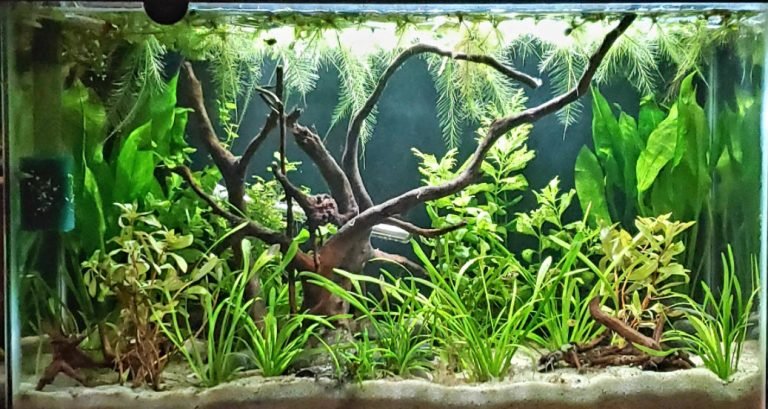
Water Filtration
Your plants will work as natural water filters- to a degree.
Plants will use nitrate, which is toxic to guppies in high quantities and use it as a nutrient. As a by the way, said nitrate will occur in your tank because your biofilter will release it after it breaks down ammonia, which is way more toxic to fish.
Plants will also remove carbon dioxide from the water and in exchange release oxygen that your guppies can use.
Food Source
Since guppies are natural munchers who will eat anything that comes their way they will also use the plants as a source of food as needed.
How To Choose The Best Plants For Guppies
Hardy and Low-Maintenance Plants
Opt in for hardy plants that can thrive in a variety of conditions. We’re talking some all time favorites like Java Fern, Java Moss, Anubias, and Vallisneria
These plants are relatively undemanding, making them a no-brainer low-maintenance option.
Dense and Bushy Plants
Trust me- your guppies will appreciate densely planted areas where they can seek refuge and feel secure.
Guppies are almost notorious for getting stressed out at some petty things like the water temperature changing too quick or not having places to hide. You could say guppies are Gen Z’s.
To their rescue come plants with dense growth and branching patterns, like the Amazon Sword or Water Sprite. These bad boys (or girls. or non-binary. I don’t have any more pronounes- I’m very sorry) offer cover and create a sense of security for your babies.
Floating Plants
Opposed to plants that get planted into your substrate in the tank there are the floating plants. They rise to the surface and create a barrier between the tank’s surface and the outside world.
Floating plants provide shade, help control algae growth by consuming excess nutrients (like the nitrate we mentioned before), and create additional hiding places for guppy fry.
Examples of some floating plants include Water Lettuce or Duckweed.
Personal Aesthetic Preference
The last thing to consider is how the plants will look like in your tank.
Different colors and heights come into play when you are figuring out which plants make the cut.
Don’t stress out over this part too much, thought. between the colors of your guppies, the plants, decoration and substrate- it’s not a hard task to make a pretty tank.
The Best Plants for Guppies
The 8 Best Plants for Guppies: Rooting
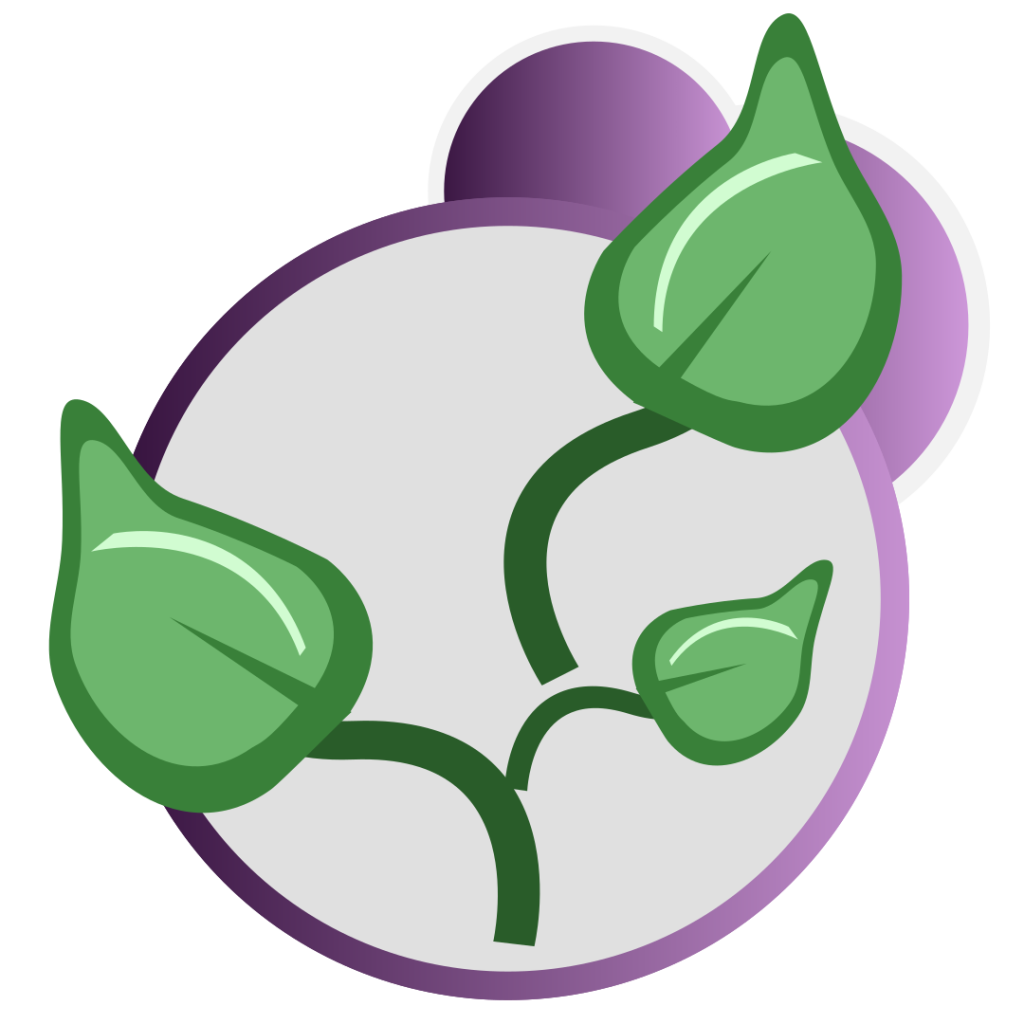
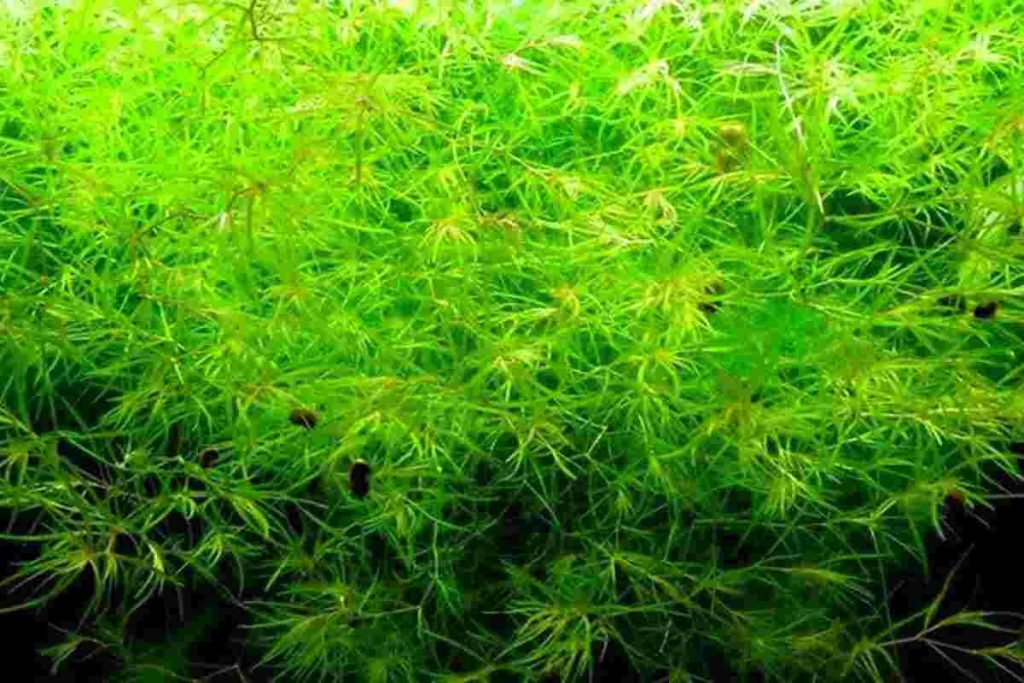
Guppy Grass
Also known as Naja grass, guppy grass is highly efficient in extracting nitrates from the water column.
It is particularly useful in heavily stocked tanks where nitrate levels need to be kept low. Allow it to grow dense to provides a safe haven for fry.
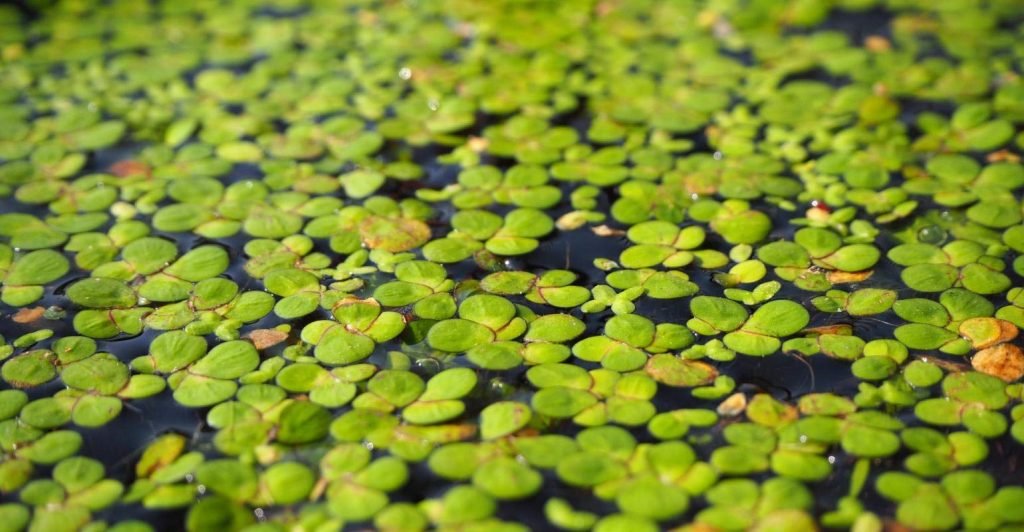
Duckweed
Duckweed is a fast-growing plant that thrives in almost any aquarium environment.
With the right nutrients and lighting conditions, duckweed’s growth and reproduction can skyrocket.
And besides purifying the water, duckweed has a reputation for reducing algae growth. You can easily find duckweed for purchase at various online fish stores.
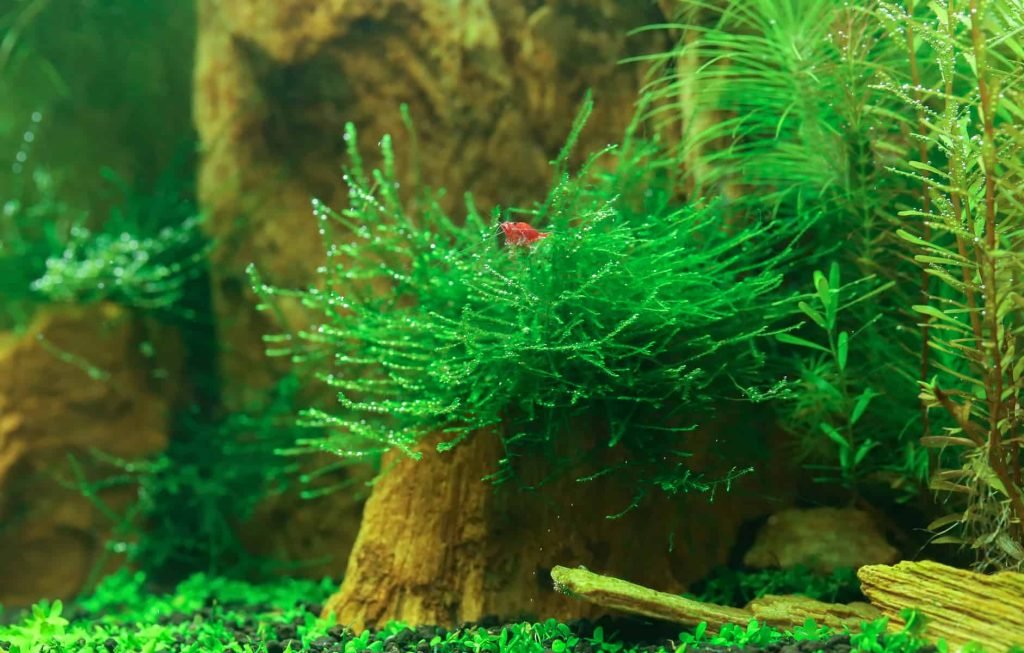
Java Moss
Java moss is a versatile live plant that features long, stringy leaves, making it an ideal hiding place for guppies. It can anchor itself to the bottom of the aquarium and grows rapidly.
it also serves as a natural filter, improving water quality, and can be cultivated without the need for CO2 or fertilizer.
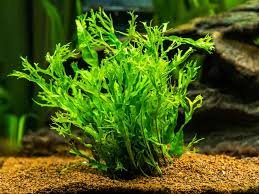
Java Fren
Java Fern is a popular choice for guppy tanks due to its hardiness and compatibility with various water conditions.
Its broad, leathery leaves provide shelter for guppies and their fry.
It can be attached to driftwood or rocks, making it versatile for aquascaping.
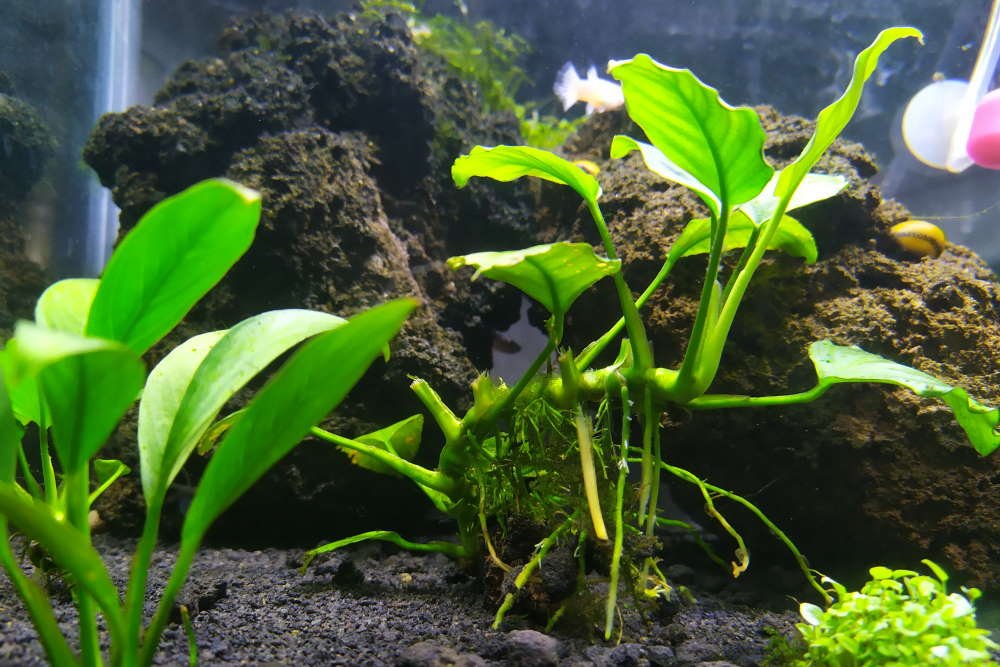
Anubias
Anubias is a slow-growing, low-maintenance plant that thrives in a range of lighting conditions.
Its sturdy, dark green leaves offer hiding places for guppies. Anubias can be tied to decor or left to root in the substrate, making it suitable for different tank setups.
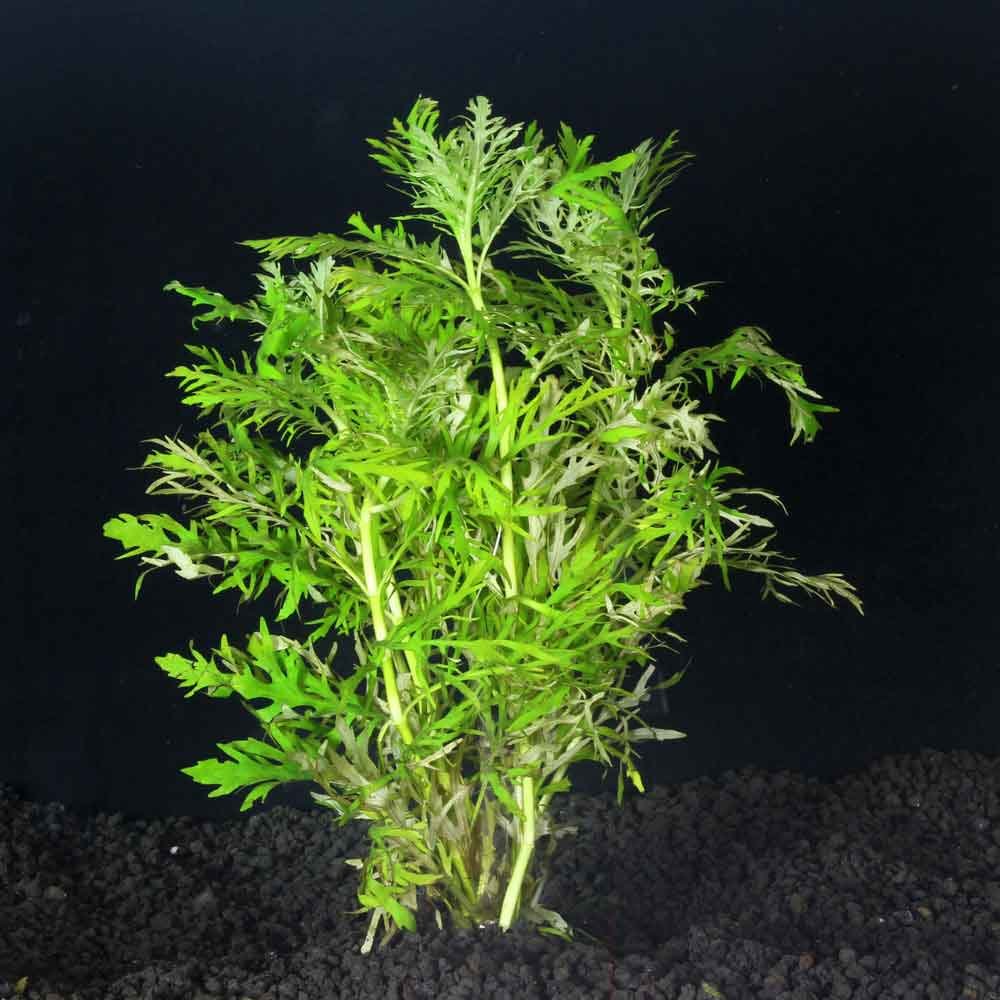
Water Wisteria
Water Wisteria is a fast-growing plant with finely divided, light green leaves.
It helps in maintaining water stability by absorbing excess nutrients and provides shade for guppies.
Its bushy growth can create a visually appealing aquascape.
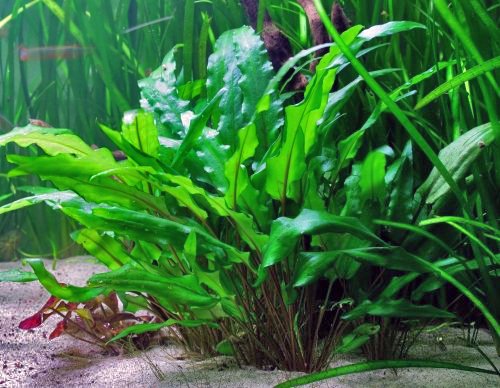
Cryptocoryne
Cryptocoryne species come in various colors and sizes, making them suitable for different guppy tank setups.
They have broad leaves that provide cover and create natural hiding places.
Cryptocoryne species are adaptable to different lighting conditions and have low to moderate care requirements.
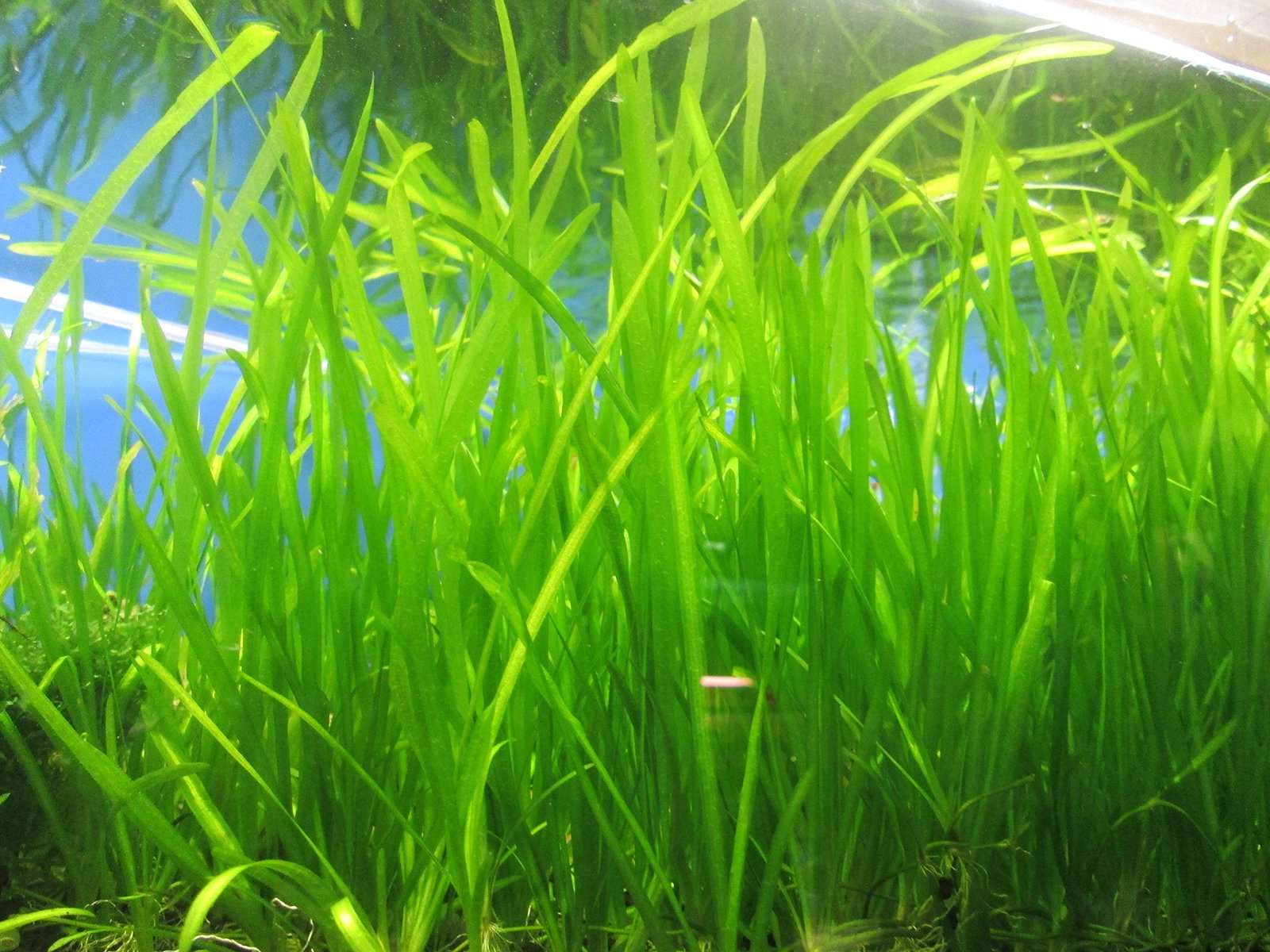
Vallisneria
Vallisneria, commonly known as Vallis, is a popular background plant that can create a lush green backdrop in guppy tanks.
It offers shelter and spawning sites for guppies, and its long, ribbon-like leaves sway gently in the water, adding movement to the aquarium.
The Best Plants for Guppies
Floating Plants
The 4 Best Plants for Guppies: Floaters
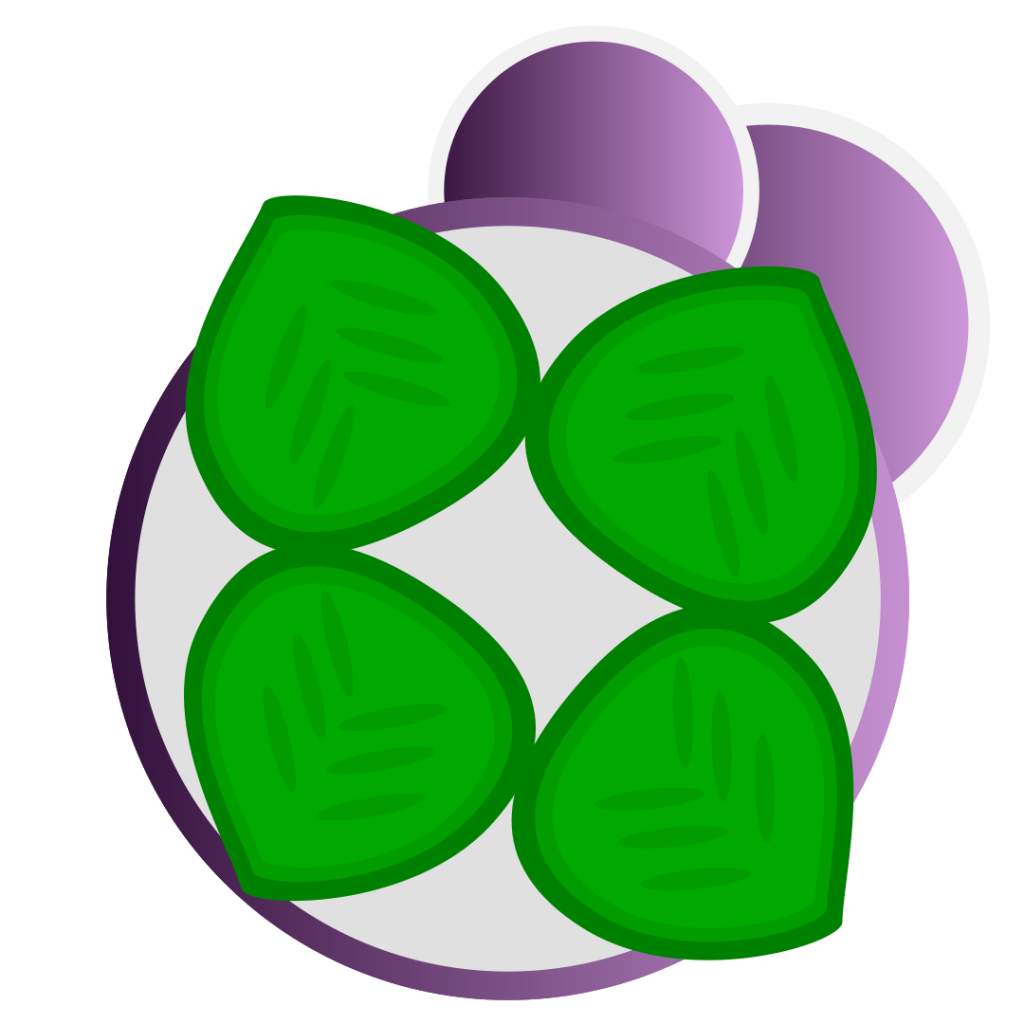
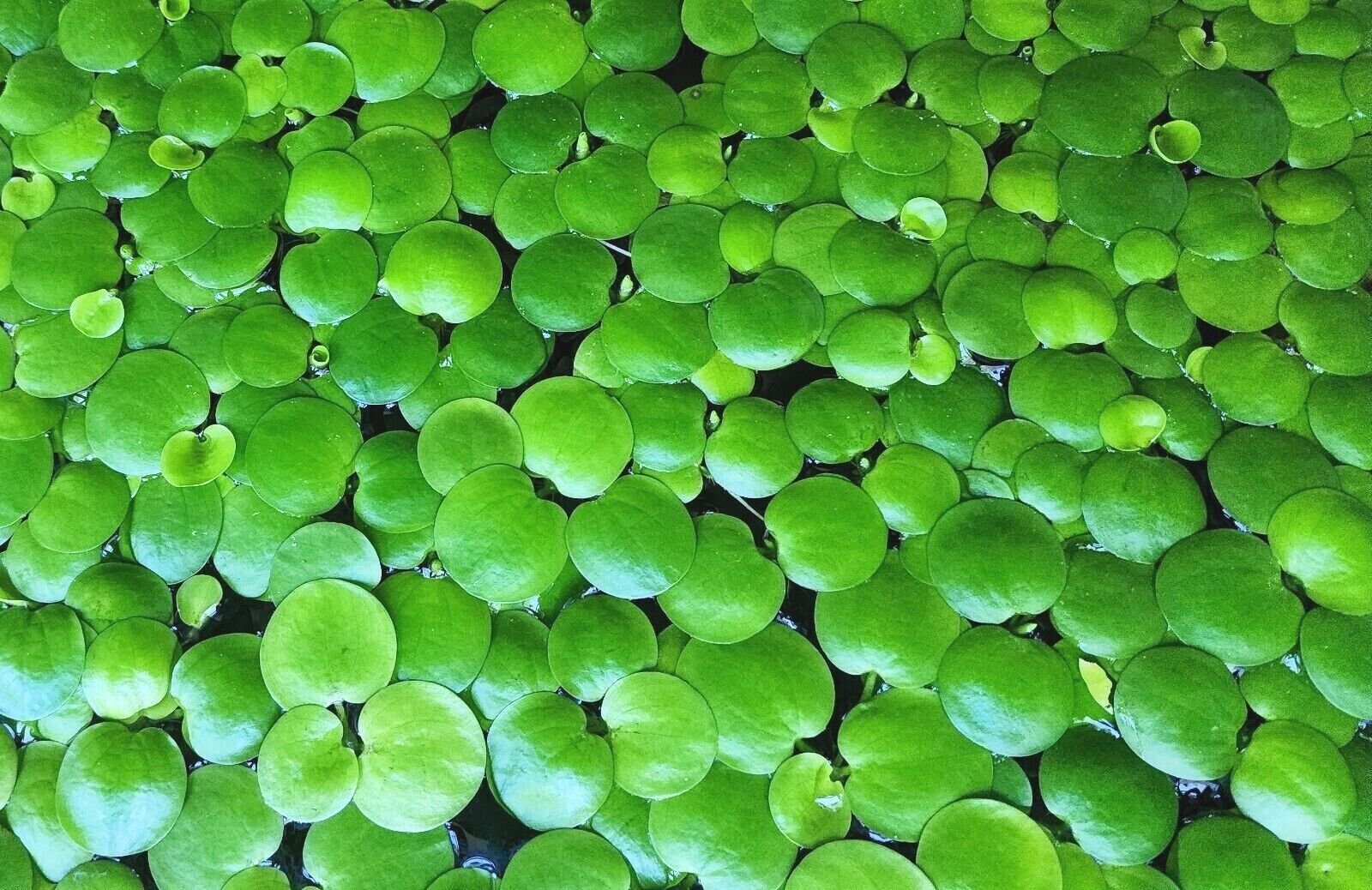
Frogbit
Frogbit is an excellent choice as it is easy to grow and maintains a manageable growth rate.
This floating plant features long and fuzzy roots, creating ideal hiding spots for baby guppies.
However, it’s important to note that keeping snails in the aquarium may hinder the growth of frogbit, as snails tend to nosh on its roots.

Dwarf Water Lettuce
Dwarf Water Lettuce is a floating plant that forms a rosette of small, light green leaves.
It creates shaded areas, helps oxygenate the water, and absorbs excess nutrients, reducing the risk of algae blooms. The intricate root system offers shelter for guppies and their fry.

Red Root Floater
Red Root Floater is a visually striking floating plant with vibrant red roots and small, rounded leaves.
It provides cover for guppies, regulates light intensity, and aids in maintaining water quality by absorbing nitrates and phosphates.
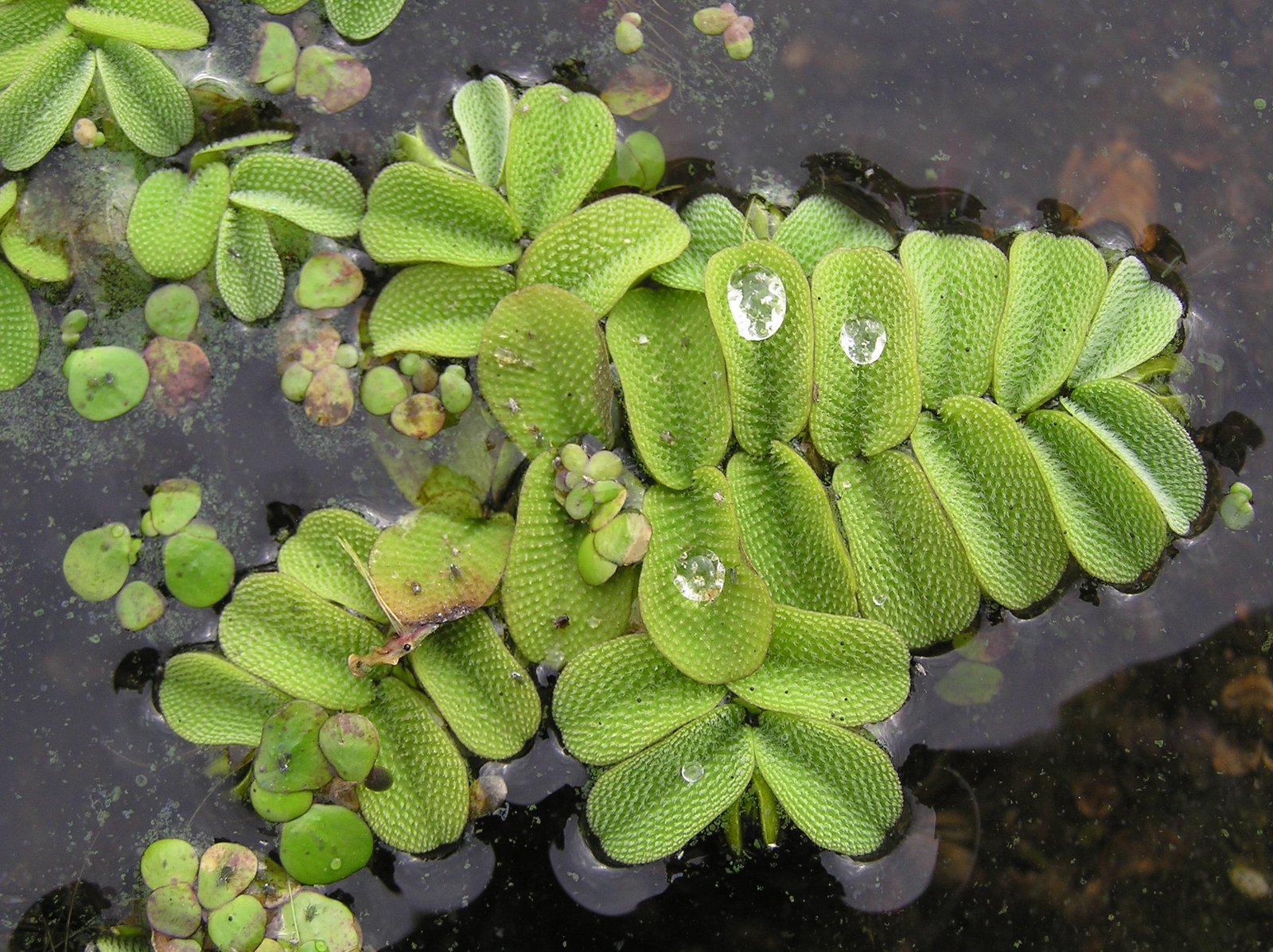
Salvinia
Salvinia is a fast-growing floating plant that forms dense mats on the water surface.
It acts as a natural water purifier, absorbing excess nutrients and providing shade. Guppies can seek refuge in the roots and enjoy exploring the intricate foliage.
Avoid These 6 Plants for Guppies
Here are the plants that I would personally avoid when thinking about my guppies.
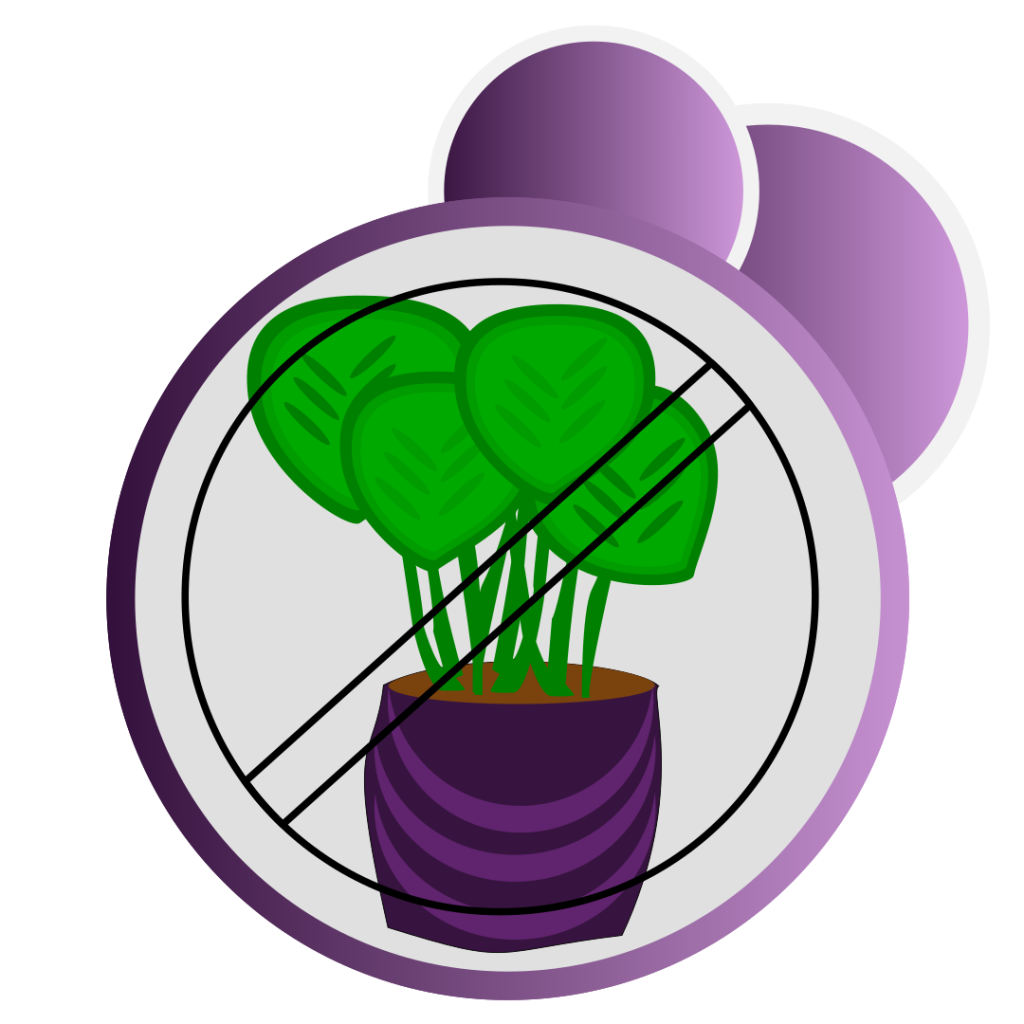

Ealgrass
Eelgrass is a tall and grass-like plant that can grow long, thin leaves.
While guppies generally enjoy exploring and swimming through plants, Eelgrass may have sharp or pointed edges that can cause tearing or damage to their delicate fins.
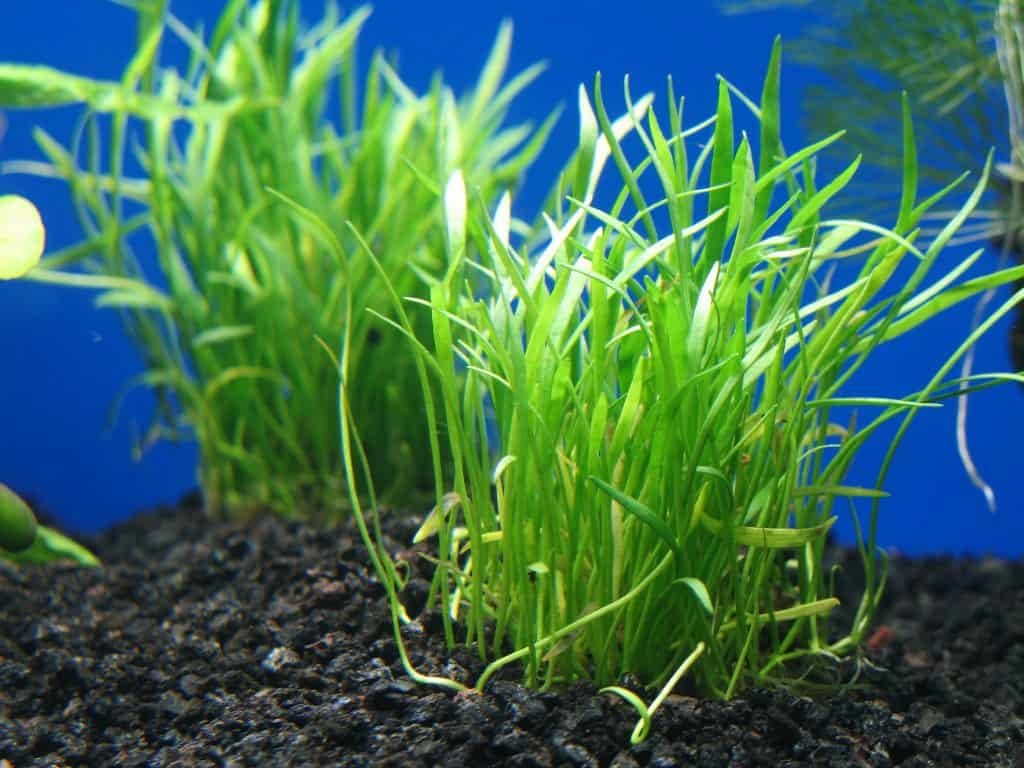
Brazilian Sword Plant
The reason Brazilian Sword Plant doesn’t make my best live plants for guppies list is its slow decay rate.
That means, in simple words, that guppies may much on its leaves that are currently decaying. That will lead to illness and health complications in fish- problems that can easily be avoided.
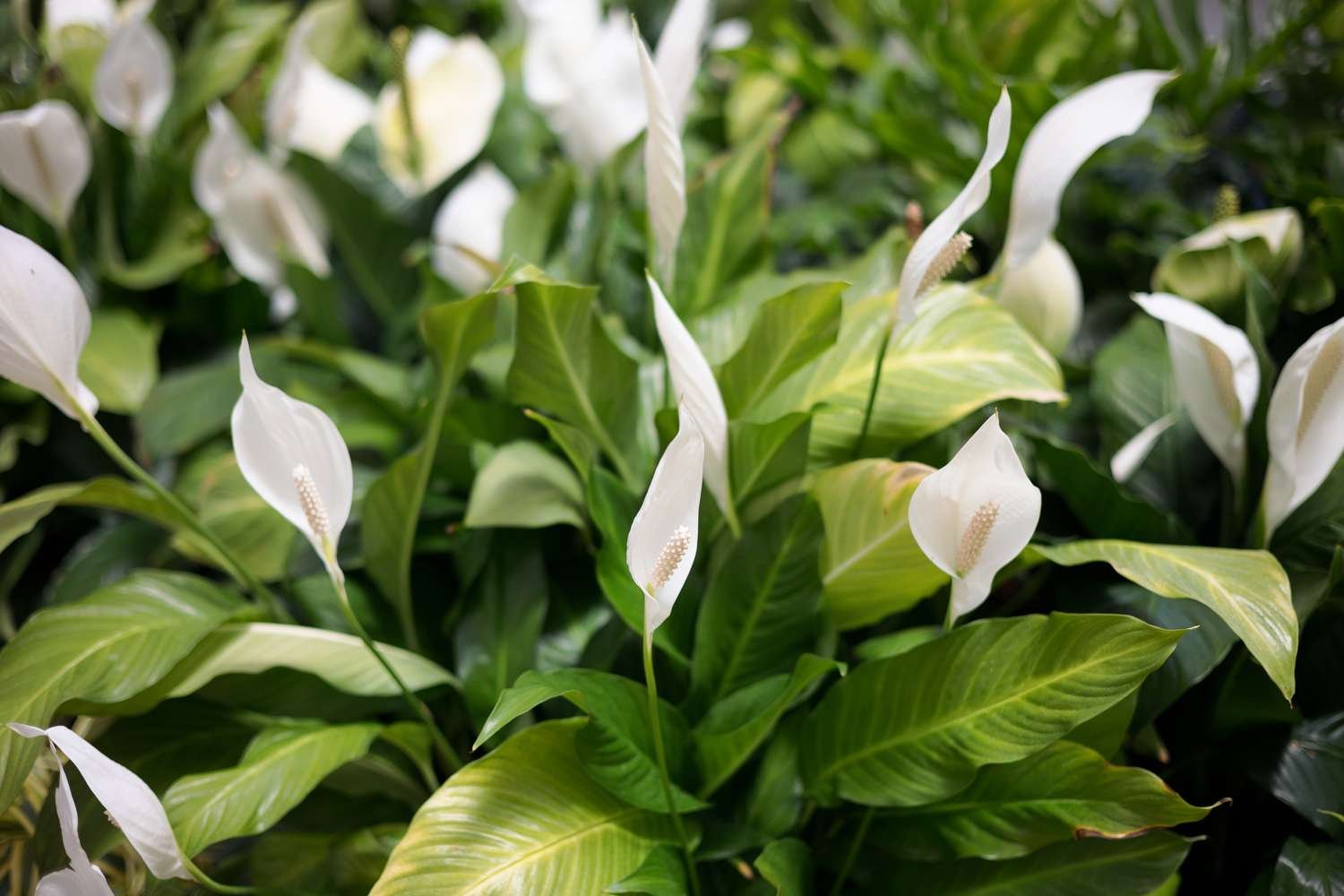
Peace Lily
Don’t be fooled by its white flowers and low maintenance requirements.
The Peace Lily’s roots contain calcium oxalate crystals that are highly toxic to guppies
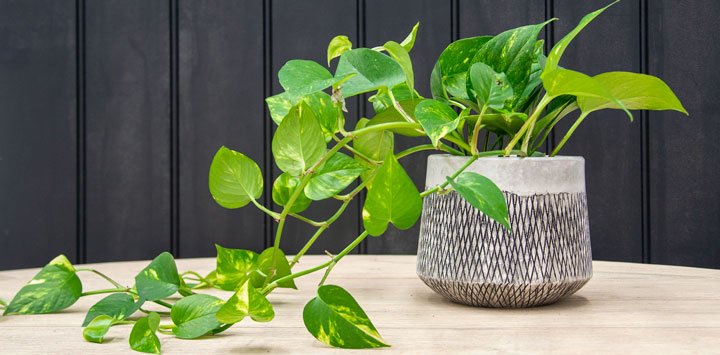
Pothos/ Devils Ivy
Pothos is a hardy houseplant that can thrive in low-light conditions.
But with that said, remember that Pothos is poisonous to cats, dogs, and potentially guppies if ingested.
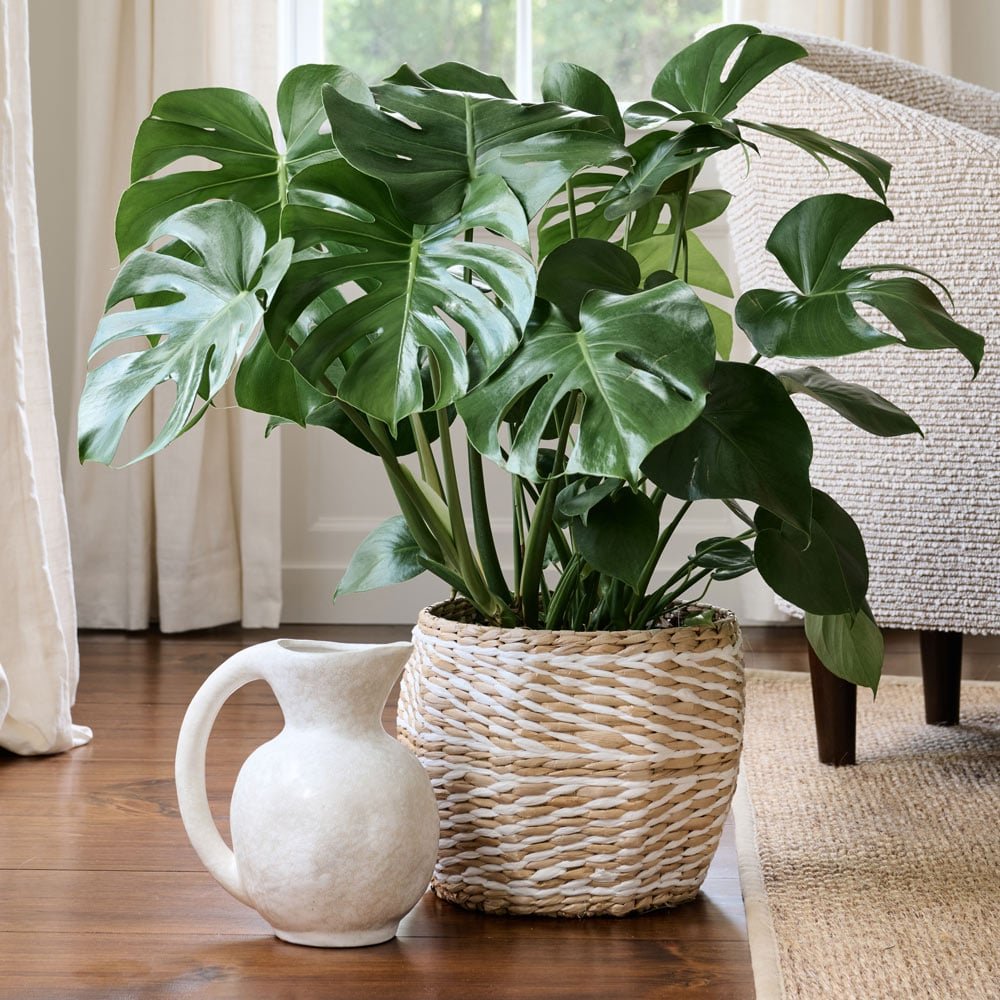
Philodendron
While Philodendron is primarily kept as a houseplant, some aquarium owners place it on top of their tanks.
Guppies occasionally swim close to the water’s surface and may consume the dangling leaves. The calcium oxalate in Philodendron leaves can pose significant health risks to your fish when ingested.
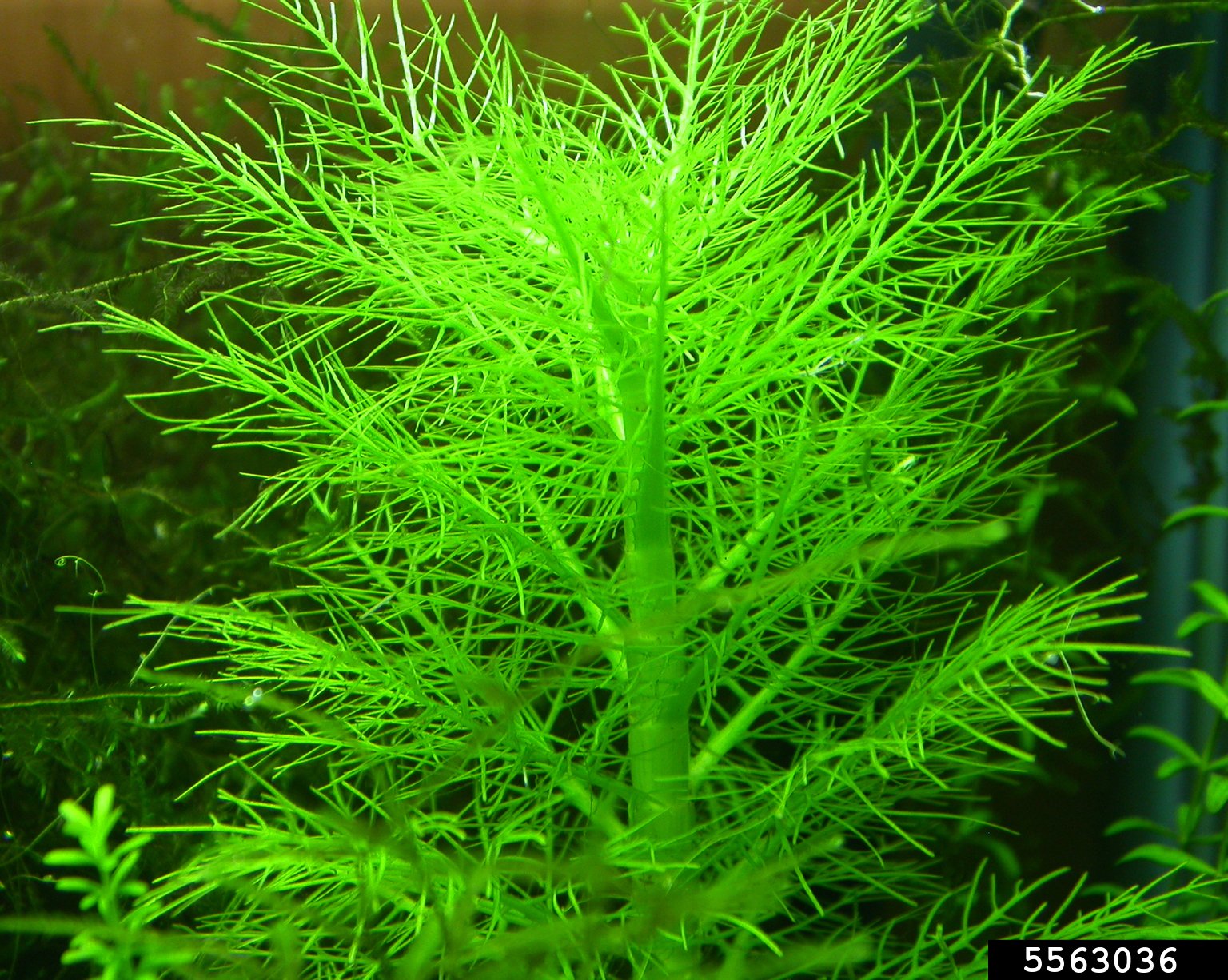
Hygrophila Balsamica
Hygrophila balsamica is quite popular in aquariums, mostly because of the greenery it offers.
But when submerged in water, it releases toxins that are harmful to all aquatic life, including guppies.
Some claim that the plant loses its toxicity over time when submerged, but it’s best to avoid it altogether.
Best Gravel For Planted Guppy Tank
The substrate is the part that covers the bottom of the tank. You can think of it as the ocean floor.
There are plenty of good options for substrate, and the one you go with will depend on whether you choose to have plants.
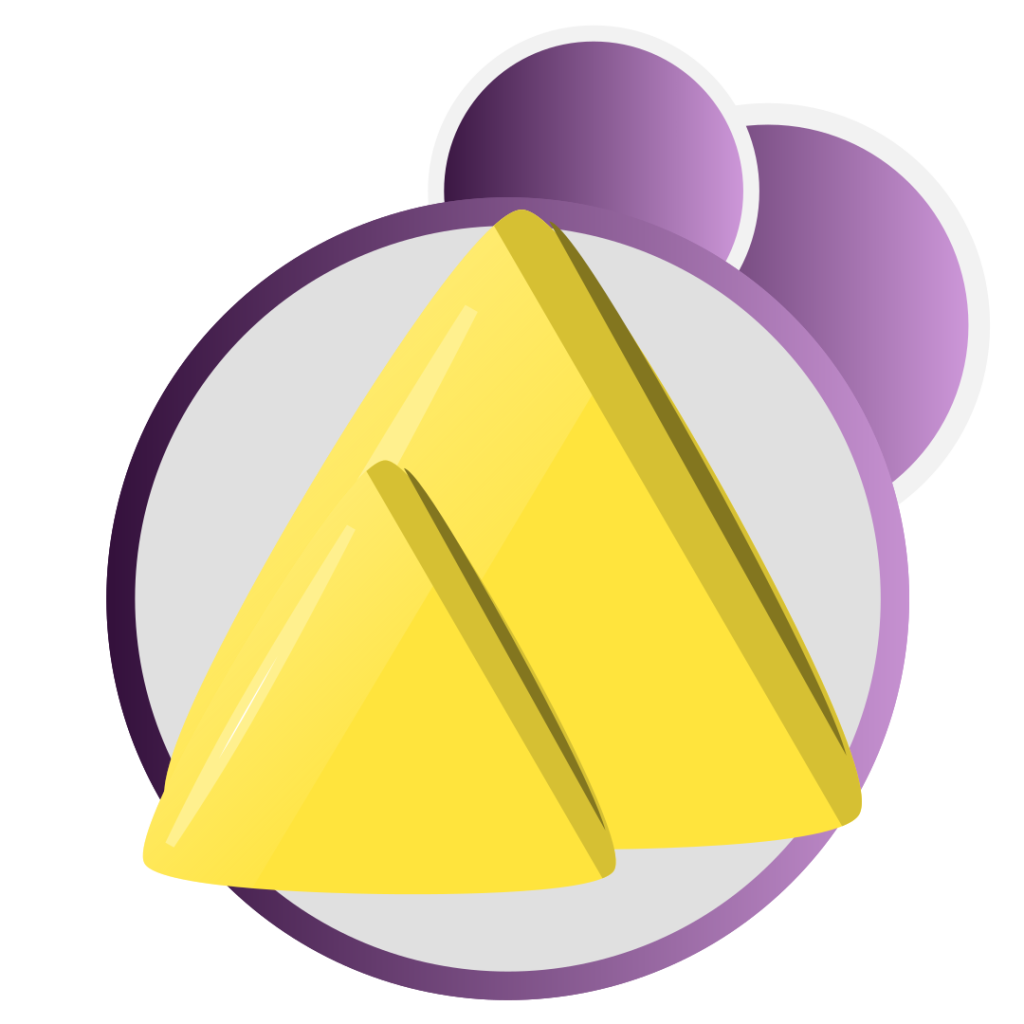
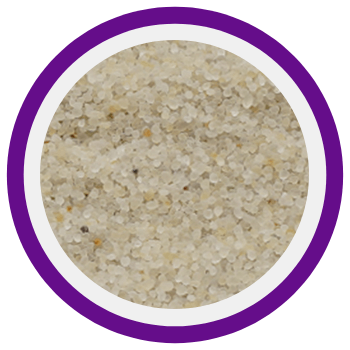
Sand Substrate
Best All Purpose Substrate
Sand is easy to clean, easy to come by and allows you to skip the gravel siphon.
But sand has no nutrients in it, so root tabs will be needed for a planted tank.
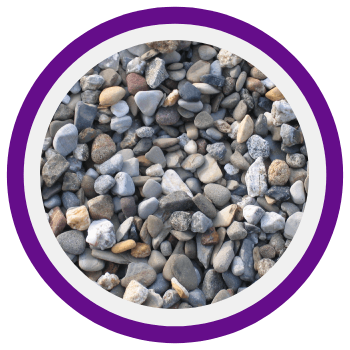
Gravel
Most Esthetically Versatile
Gravel is popular because it comes in many different shapes and forms, which allow you to control the look of the tank.
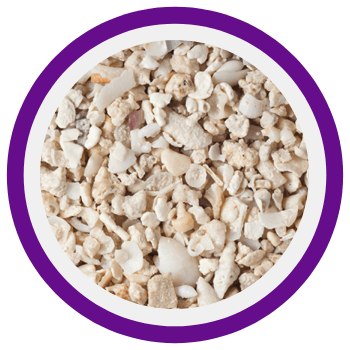
Crushed Coral
A Calcium Source and pH Raiser
Crushed coral provides a calcium source to freshwater fish, but also raises the pH.
You’ll only need to use it in case of pH imbalance- so I wouldn’t recommend it to the average beginner.
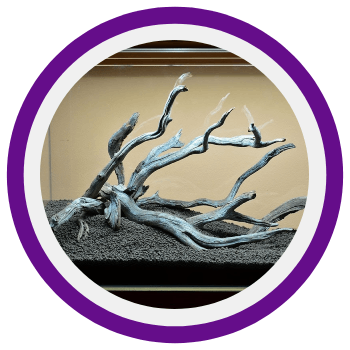
Driftwood
A Cool Stick that Neutralizes pH.
Driftwood is cool. No way around it. It gives the tank an authentic look and gives guppies something to do.
It also works as a pH neutralizer, so if you had your eye on crushed coral- just add driftwood to the tank.
Best Tank Decoration For Guppies
This was a pretty long list of plants that you can get for your guppy tank.
Between the greenery and the driftwood (will get to it in a second) you should have all the tank decor you might possibly need.
If you want to get any man-made decoration- that’s cool too. While not everything you can put it in your tank will clearly say so- only some items will be compatible with your tank.
I say this because some items will have the paint dissolve or peel off when submerged continuously.
When you’re planning your guppy tank, have those pointers in mind.
Hideouts and Caves: Adding some little hideouts, like small caves or coconut shells, gives your guppies a sense of security. Shy guppies will love these cozy spots to retreat to when they need a break from all the fishy socializing.
Driftwood: A nice piece of driftwood not only looks cool but also provides a natural surface for beneficial bacteria to grow on. Plus, it’s like a mini underwater jungle gym for your guppies to explore.
What to avoid
Sharp Decorations: Stay away from anything with sharp edges or rough surfaces. Guppies have delicate fins that can get snagged, leading to injuries. Safety first, my friends!
Small Openings: Avoid decorations with tiny holes or gaps where guppies might get stuck. It’s like a fishy escape room, and we don’t want any fishy Houdinis on our hands!
Overcrowding: While decorations are fun, don’t go overboard. Leave plenty of open swimming space for your guppies. Remember, they like to stretch their fins and show off their fancy moves!
Conclusion
You need plants because they help cleanse the water and help guppies feel safe. They also oxygenate the water and act as a food source for them.
There are many plants that will work great to give your guppies the best living conditions.
Despite the temptation- avoid placing housing plant in or on top of the tank.
Driftwood can be used to compliment your plant strategy.
If you’re adding any other type of decoration- just make sure it’s safe for aquarium use.